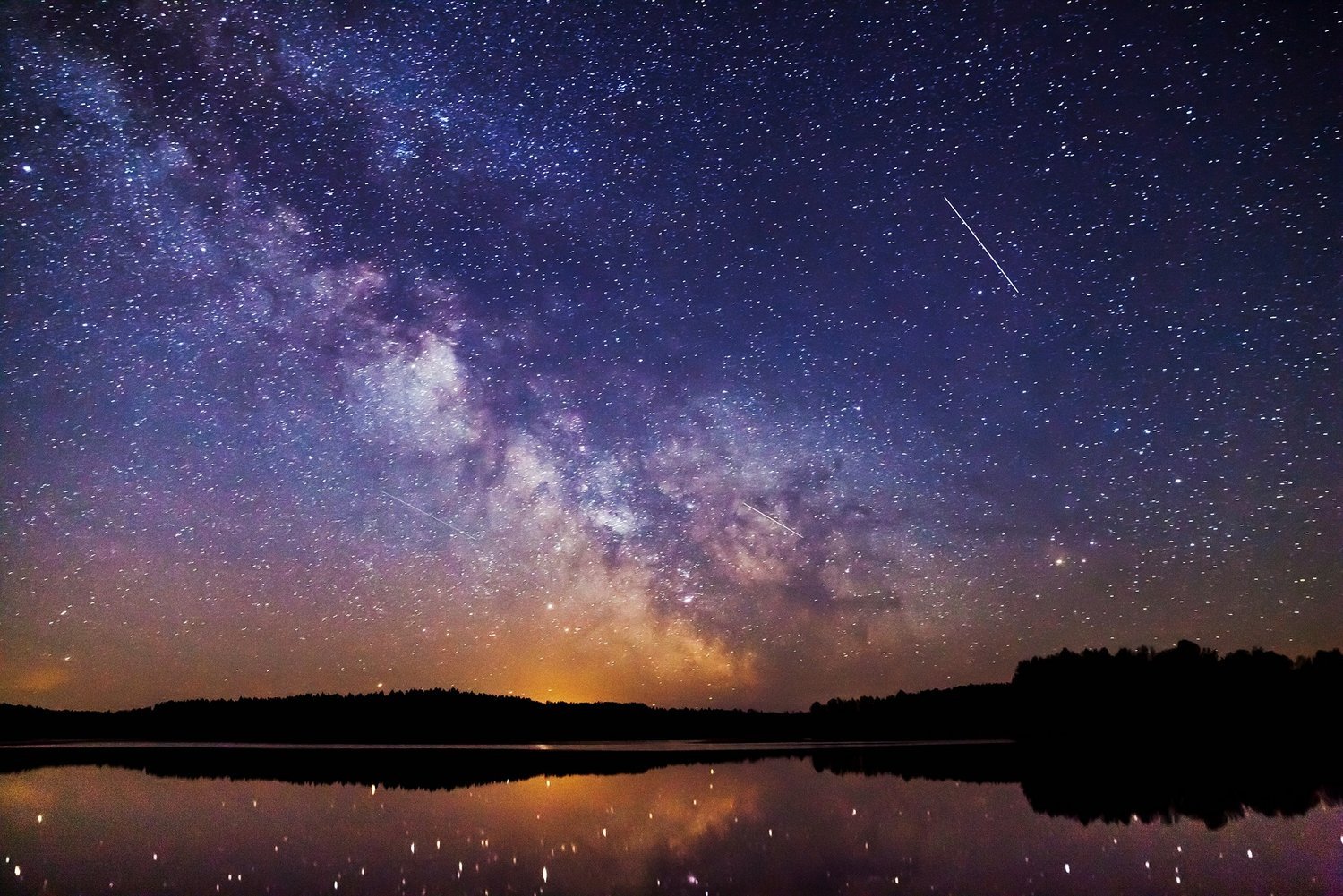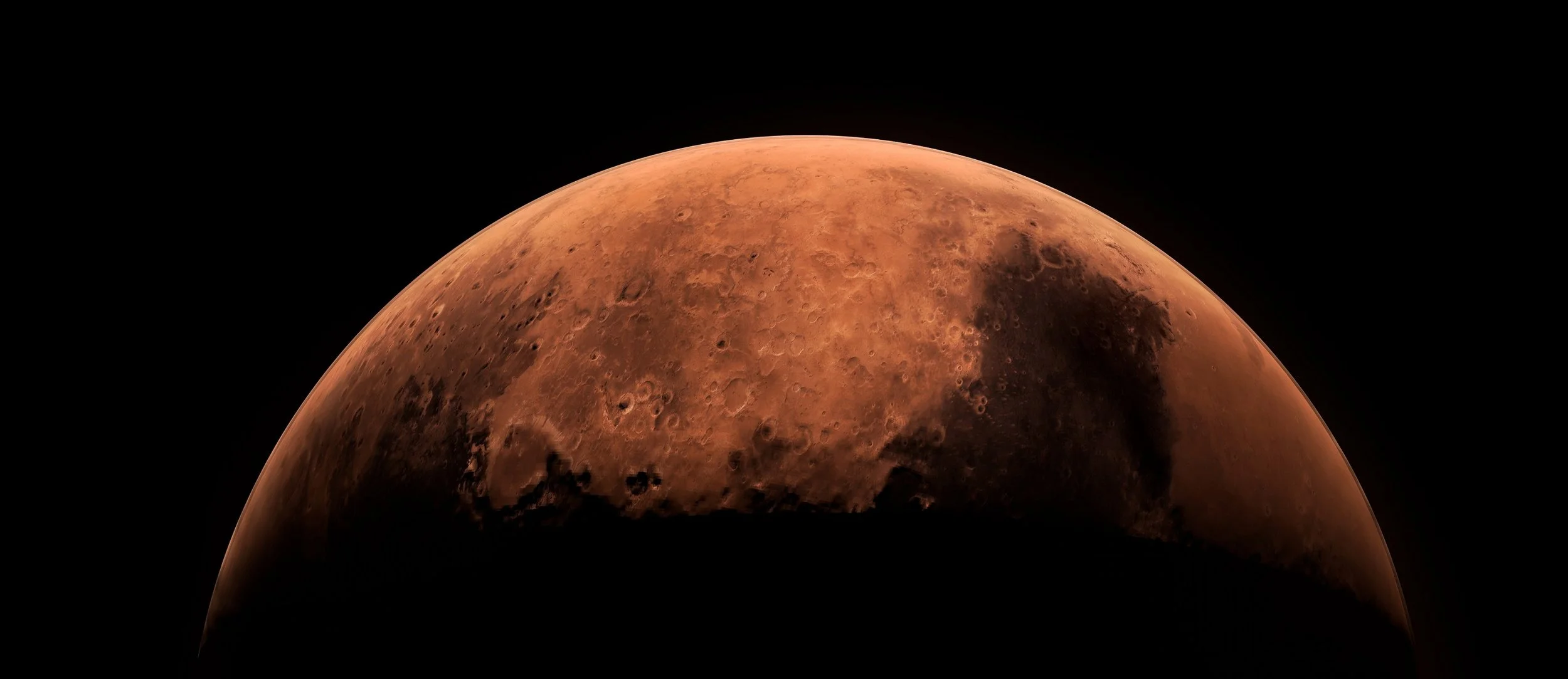The universe may seem a cold, expansive void, but the glimmer of hope for the existence of life elsewhere is getting brigher, at least according to recent findings from University of Florida astronomers. In a groundbreaking study they discovered that one-third of the galaxy’s most common planets could be within a habitable zone
Image Credit: Yelloo via Shutterstock / HDR tune by Universal-Sci
Billions of planets
Our sun, a G-type main-sequence star, is considered a relative rarity in the Milky Way galaxy. The most abundant stars are known as m-dwarf stars; they are much smaller, cooler, and comprise only about half the mass of our sun, at most. The smallest red dwarfs only have about 80 times the mass of Jupiter!
These M dwarf stars host billions of planets in our galaxy alone. However, for these planets to have sufficient warmth for habitability, they would need to orbit very close to their parent stars. Such close proximity makes them susceptible to extreme tidal forces, which could render them uninhabitable.
A recent analysis by astronomers from the University of Florida has shed new light on these intriguing celestial bodies. According to their latest findings, two-thirds of these planets could be exposed to tidal extremes, resulting in potentially life-sterilizing conditions. However, the remaining one-third of the planets, equivalent to hundreds of millions across the galaxy, may inhabit a habitable ('Goldilocks') zone with favourable conditions for hosting liquid water and, therefore, possibly life.
The habitable zone differs depending on the size of a host star
Image Credit: NASA/Kepler Mission/Dana Berry
The research team believes that their discovery will have significant implications for future exoplanet research. Sheila Sagear, one of the authors of the study: "I think this result is really important for the next decade of exoplanet research because eyes are shifting towards this population of stars.''
The study
The study involved assessing the eccentricity of orbits for over 150 planets circling M dwarf stars roughly the size of Jupiter. The researchers explained that the closer the planet's orbit is to its star - comparable to the distance that Mercury is from the sun - the more likely it is to experience tidal heating due to its eccentric orbit.
This gravitational stretching and deformation caused by the planet's irregular orbit generates friction that heats the planet. At extreme levels, this process could render the planet inhospitable by evaporating any potential liquid water. According to UF astronomy professor Sarah Ballard, these tidal forces are relevant only for small stars as the habitable zone is within reach of these influences.
Data for the study was sourced from NASA's Kepler telescope, which detects exoplanets as they traverse in front of their host stars. The researchers closely analyzed the time taken by these planets to cross the face of their respective stars to measure their orbits. In addition to Kepler's data, they also relied on the Gaia telescope's recent data, which offers accurate distance measurements to billions of stars in the galaxy.
Sagear explained their findings by stating that Stars with multiple planets were the most likely to have the kind of circular orbits that allow them to retain liquid water. Conversely, stars with only one planet were the most likely to see tidal extremes that would sterilize the surface.
Given that a third of the planets within this select group showed orbits mild enough to sustain liquid water, it is plausible that our Milky Way, a galaxy brimming with M-dwarf stars, contains hundreds of millions of prospective celestial bodies worth investigating for life beyond our solar system.
Far more M-type stars exist within the Milky Way than sun-like or larger stars
Image Credit: Nazarii_Neshcherenskyi via Shutterstock / HDR tune by Univeral-Sci
All in all, this intriguing discovery directs the future trajectory of exoplanet research towards these lesser-known, smaller stars and their orbiting planets, paving the way for groundbreaking discoveries in our quest for life beyond Earth!
If you are interested in more details about the underlying study, be sure to check out the paper published in the peer-reviewed science journal Proceedings of the National Academy of Sciences, listed below.
Sources and further reading:
Kepler space telescope (NASA)
M Dwarf Stars - an overview (ScienceDirect)
The orbital eccentricity distribution of planets orbiting M dwarfs (Proceedings of the National Academy of Sciences)
Gaia mission - in depth (NASA)
Too busy to follow science news during the week? - Consider subscribing to our (free) newsletter - (Universal-Sci Weekly) - and get the 5 most interesting science articles of the week in your inbox
FEATURED ARTICLES:










The way you prepare your vegetables affects their nutritional value. What is the healthiest method to prepare them?